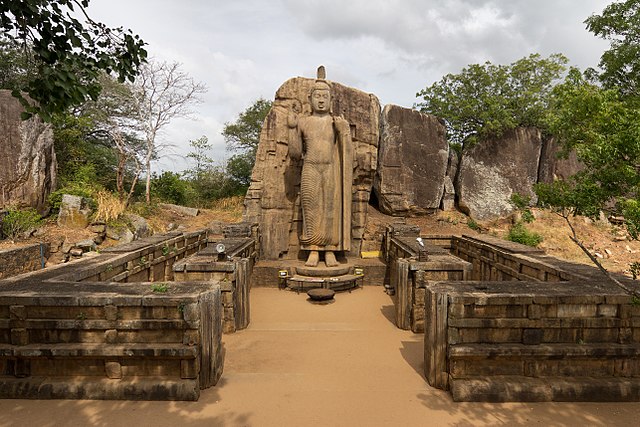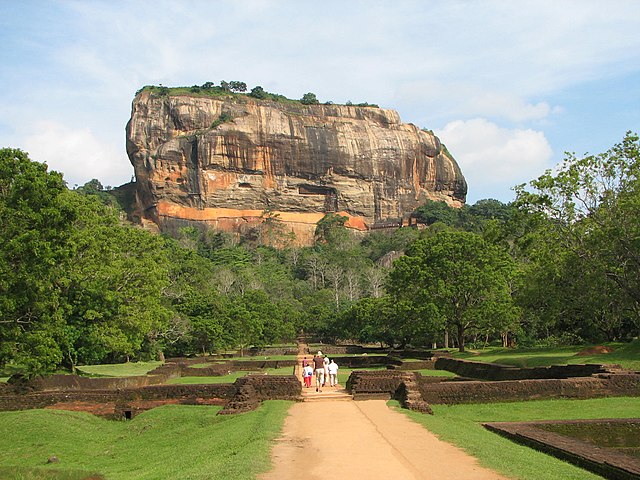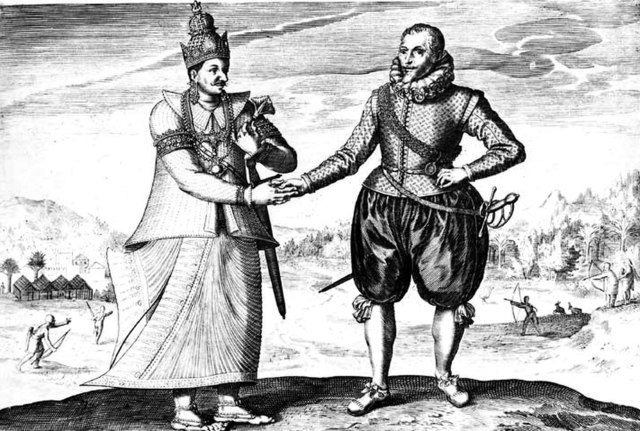Sri Lankan economic crisis (2019–present)
The Sri Lankan economic crisis is an ongoing crisis in Sri Lanka that started in 2019. It is the country's worst economic crisis since its independence in 1948. It has led to unprecedented levels of inflation, near-depletion of foreign exchange reserves, shortages of medical supplies, and an increase in prices of basic commodities. The crisis is said to have begun due to multiple compounding factors like tax cuts, money creation, a nationwide policy to shift to organic or biological farming, the 2019 Sri Lanka Easter bombings, and the impact of the COVID-19 pandemic in Sri Lanka. The subsequent economic hardships resulted in the 2022 Sri Lankan protests. Sri Lanka received a lifeline in the form of an Indian line of credit amounting to $4 billion. This substantial credit infusion served to cover the costs of importing essential goods and fuel. As a result, the foreign currency reserves of debt-ridden Sri Lanka experienced a notable improvement, reaching $2.69 billion.

People waiting for hours to refill liquefied petroleum gas cylinders
Since 2010 Sri Lankan government Debt-to-GDP ratio gradually increased. Source: Central Bank of Sri Lanka, 2021.
Anti-government protest in Sri Lanka
Sri Lanka, historically known as Ceylon and officially the Democratic Socialist Republic of Sri Lanka, is an island country in South Asia. It lies in the Indian Ocean, southwest of the Bay of Bengal, separated from the Indian peninsula by the Gulf of Mannar and the Palk Strait. It shares a maritime border with the Maldives in the southwest and India in the northwest.
The Avukana Buddha statue, a 12-metre-tall (39 ft) standing Buddha statue from the reign of Dhatusena of Anuradhapura, 5th century
The Sigiriya ("Lion Rock"), a rock fortress and city, built by King Kashyapa (477–495 CE) as a new more defensible capital. It was also used as a Buddhist monastery after the capital was moved back to Anuradhapura.
The seated image of Gal Vihara in Polonnaruwa, 12th century, which depicts the dhyana mudra, shows signs of Mahayana influence.
A 17th-century engraving of Dutch explorer Joris van Spilbergen meeting with King Vimaladharmasuriya in 1602







